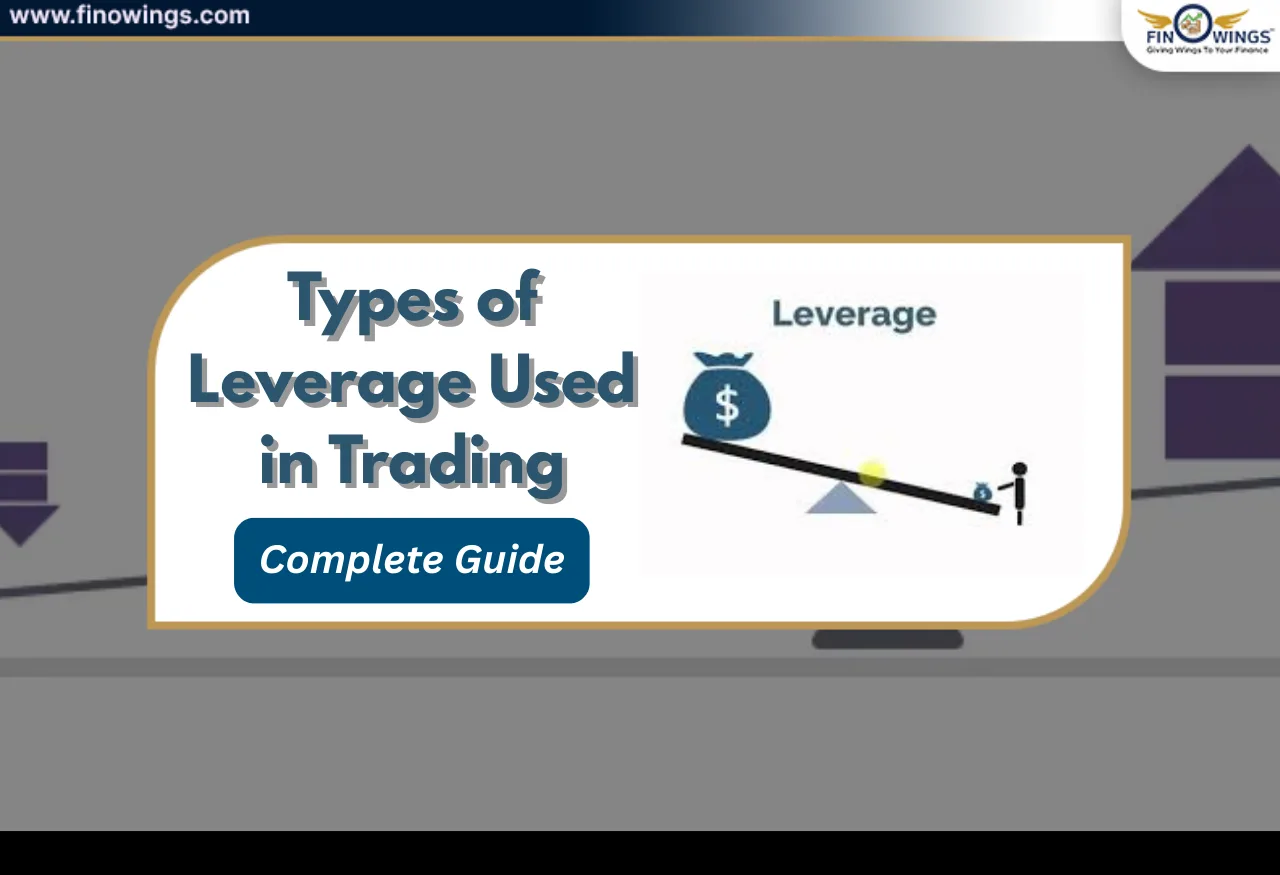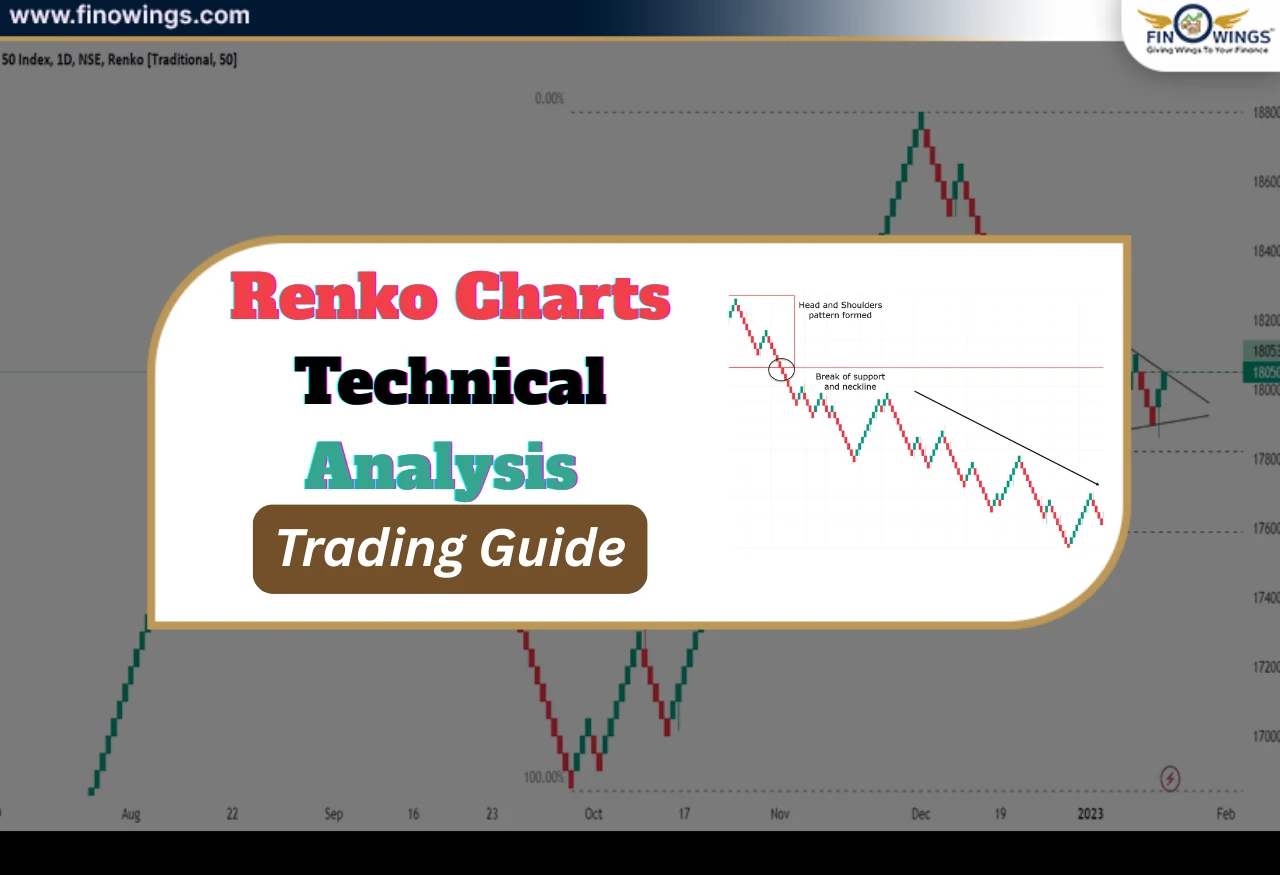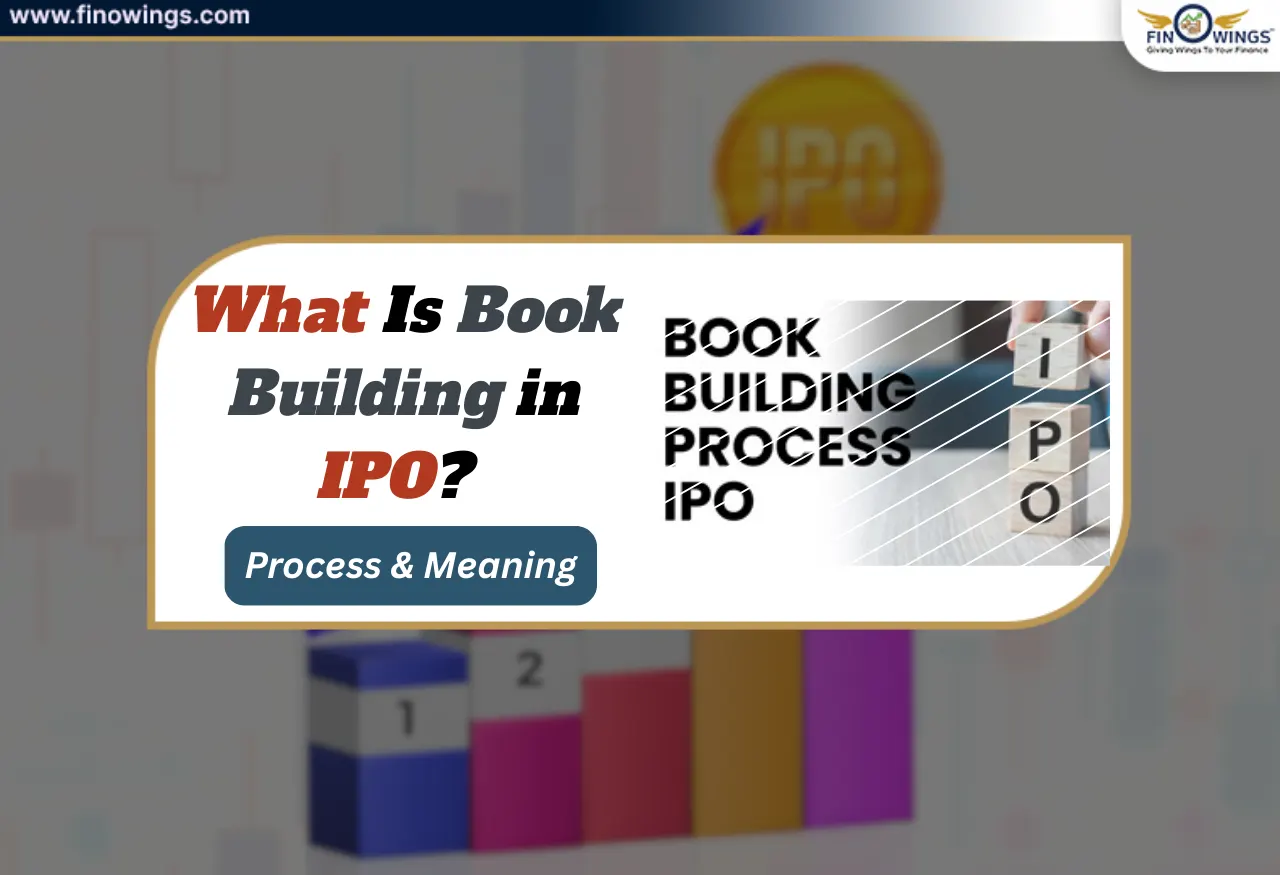Home >> Blog >> What Is The Debt-To-GDP-Ratio, And How Does It work?
What Is The Debt-To-GDP-Ratio, And How Does It work?
.png)
Table of Contents
1. What Is The Debt-To-GDP-Ratio, And How Does It work?
A debt-to-GDP ratio is a ratio between a country’s debt and its gross domestic product (GDP). This ratio can determine what a country produces and owes and its ability to repay its debts. The debt is represented as a percentage of GDP.
A lower value of the ratio is always preferred. The lower the ratio, the better the financial health of the nation. It depicts that the economy is well balanced in terms of its total GDP compared to debt. Similarly, a higher ratio value may signal that the economy will default.
A low debt-to-GDP ratio shows that a country is manufacturing and selling goods and efficiently paying back its debt. A World Bank study shows that countries with more than 77% debt to gross domestic product ratio are expected to go down in their growing economy.
2. Calculate Debt to GDP Ratio
The formula which is used to calculate the debt-to-GDP ratio is-
Debt to GDP ratio = Total Sovereign Debt / Gross Domestic Product
Where
-
Debt is the total amount of a country’s government debt
-
Gross Domestic Product is the total value of goods and services produced during a given year.
It calculates the ratio between the total government/sovereign debt the nation takes to the whole country’s GDP. Then, it determines the economic output for a year.
A country is considered stable if it can continue paying interest on its debt without taking another debt and hindering economic growth. Conversely, a country with a high debt-to-GDP ratio has difficulty covering external debts (also called “public debts”).
3. What Does The Debt-to-GDP Ratio Show?
When a nation defaults on its debt, it creates a financial crisis in domestic and international markets. Therefore, it is the rule that the higher the Debt-to-GDP ratio of the country climbs, the higher the risk of default.
It gets more challenging to balance the debt-to-GDP ratio in times of pandemic or unrest, such as wartime. In such a crisis, the government borrows more money to stimulate growth and meet necessary demands. It is referred to as a macroeconomic strategy.
Economists adhere to modern monetary theory (MMT) that sovereign countries that print their own money cannot ever face bankruptcy because they have the liberty to produce more currency to pay debts. However, countries with no monetary policies do not follow this rule, such as the European Union nations, as they depend on the European Central Bank to issue euros.
4. How Does The Debt-to-GDP Ratio Work?
The debt-to-GDP ratio is beneficial for economists, leaders, and investors. It gives them an overview of a country’s financial condition and ability to pay off the debt. The ratio of 101% depicts that a country is not producing enough to cover its debt. A ratio of 100% shows that it is just enough to pay debts. A lower ratio is a good sign, as the country produces enough to cover debts and fulfil its needs.
If a country is taken as a household, then GDP is like its income. So lenders will offer you a bigger loan if you have a high income. Similarly, investors prefer countries that have a relatively higher level of financial results. And once investors calculate a higher risk of default, they worry about repayment and raise the interest rate of their investment. So it causes an increase in the country’s cost of debt.
5. What Are The Advantages Of the Debt-to-GDP Ratio
There are a few benefits of the Debt-to-GDP as follows-
-
The debt-to-GDP ratio is beneficial for investors, leaders, and economists. The countries that invest in sovereign bonds of other nations keep a keen eye on this ratio to decide about investing.
-
It is also a key pointer of recession. If the debt-to-GDP ratio rises, it can soon trigger a recessionary phase for the country.
-
It provides an overview of the performance of the whole nation’s economy and whether it would be beneficial to invest in that nation or not.
-
It also shows the chances for the default of a country to persist during an interval.
6. Example: Japan’s Debt-to-GDP Ratio
The Debt-to-GDP Ratio of Japan was 253% in 2017. It might come as scary, but economists analyzed the default risk for Japan as extremely low. Japan was able to balance its economy again despite a staggering ratio. It was possible for Japan because most of its sovereign bonds are held by Japan’s citizens itself at very low-interest rates.
7. National Debt of India
The money owed by the federal government of India, based in New Delhi, is known as the national debt of India. However, the debts of states and local governments are not part of India’s national debt.
As per the International Monetary Fund, the debt-to-GDP Ratio in India was around 89.33% in 2020. Before this, India balanced the ratio at around 70% for nearly twenty years. The high increase in 2020 was due to pandemic spending.
7.1. Who Oversees India’s National Debt?
The ultimate guarantor is the Central Indian government for India’s national debt. Therefore, the name “Government of India” is printed as the issuer on all the bonds.
In many countries, managing debt and issuing bonds are tasks handled by the government’s finance department or treasury. However, in India, the process is a bit different. The Indian national debt is the responsibility of the country’s central bank.
The Reserve Bank of India (RBI) operates a chain of regional banks, like the way the Federal Reserve was established in the United States.
However, only the RBI’s headquarters in Mumbai has the right to issue government securities. The Public Debt Office (PDO) assigns a separate bank division for the national debt.
7.2. Types of Indian Government Securities
The Reserve Bank of India (RBI) raises debt for the Government of India using a range of instruments, which the RBI calls “G-Secs,” a short-term for “government securities.” It is common parlance in the financial services community of India.
The instruments that the PDO issues fall into the following categories:
|
Categories |
Description |
|
Fixed-Rate Bonds |
The interest rate is fixed and cannot be altered over time.
|
|
Floating Rate Bonds |
The interest rate can be changed. It is represented as a margin over the base rate. |
|
Zero-Coupon Bonds |
No payable interest but are sold at a discounted price and redeemed at total face value.
|
|
Capital-Indexed Bonds |
The bond’s face value increases in line with inflation. |
|
Inflation-Indexed Bonds |
Both the amount of the loan and the interest rate are index-linked.
|
|
Bonds with Call/ Put Options |
The RBI can redeem the bond before maturity (call), or the holder cash in the bond before maturity (put).
|
|
Sovereign Gold Bond |
It can be paid in cash, but the value of the bond is linked to the gold price. |
|
Treasury Bills |
The short-term bonds which mature within a year. |
|
Cash Management Bills |
Fewer than 91 days are required to mature these extremely short-term government bonds.
|
The Reserve Bank of India also issues other debt instruments. For example, it can issue on behalf of state and local governments, including nationalized companies.
7.3. How does RBI Sell Government Bonds?
According to the type of security, government securities are issued on specific dates and in particular sales formats. The schedule is published on the RBI website.
There is an online trading platform through which all the sales of government securities take place, called E-Kuber. RBI owns the E-Kuber, which helps in offering public sector securities.
There is another section of E-Kuber called NDS-OM. It handles the secondary market for bonds.
To use the E-Kuber system, you must register yourself. The institutions and people with access to E-Kuber are known as “primary members” (PMs).
The “primary dealers” (PDs) are the institutions that can buy bonds on behalf of customers.
7.4. Indian Debt Holders
The major national debt holders of Indian bonds are ranked according to their holding magnitude-
-
Commercial Banks
-
Insurance Companies
-
Reserve Bank of India
-
Provident Funds
-
Others
-
Foreign Portfolio Investors
-
Co-operative Banks
-
State Governments
-
Mutual Funds
-
Institutions
-
Corporates
-
Non-Bank PDs
8. Conclusion
The debt-to-GDP ratio helps governments and economists analyze the trend and pattern of economic growth. A country with a manageable debt-to-GDP ratio is always preferred. It is because investors are more excited to invest in those countries, and it does not have to offer high-interest rates on its bonds.
Author
Frequently Asked Questions
A common misconception about Debt-to-GDP can also be taken as a disadvantage. It is a belief that a higher Debt-to-GDP ratio is a warning. But it is also possible to pay all its debts and have a low risk of default.
Economists have not decided on a specific debt-to-GDP ratio as being ideal, and rather generally concentrate on the sustainability of certain debt levels. If a nation can continue to pay interest on its debt without refinancing or spoiling financial growth, it is taken as stable.
High debt-to-GDP ratios could be a critical indicator of raised default risk for a nation. Country bankruptcies can activate financial repercussions globally.
As of 2020, Venezuela had the most heightened level of general nation debt-to-GDP ratio of the nations for which the IMF had available data at 304%. Next was Japan, with a reading of 254%. The U.S. stood 6th with a debt-to-GDP ratio of 134%.
















